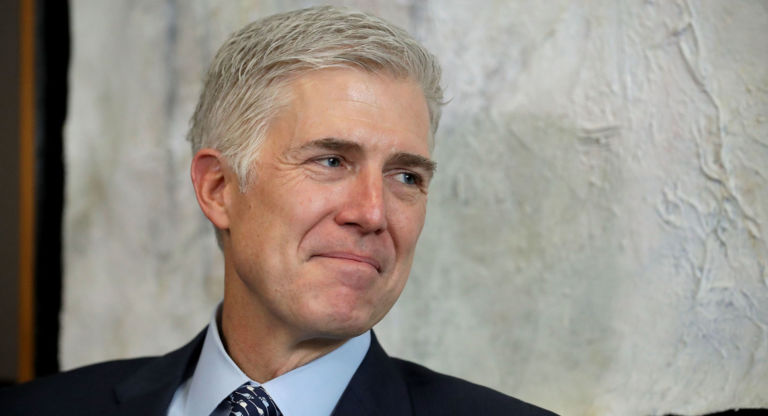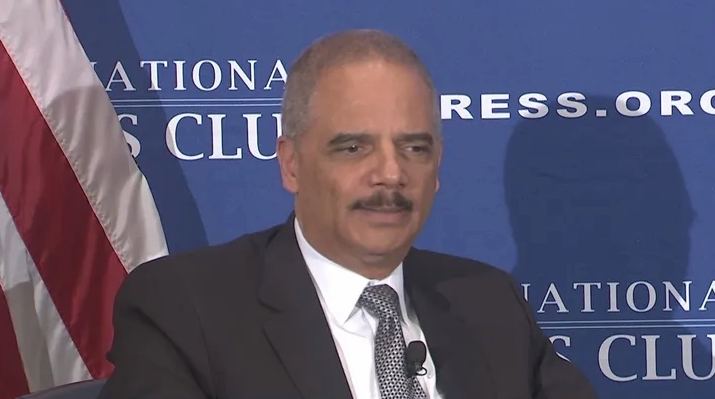New York state has been in the news recently as it grapples with a $6 billion budget shortfall. A large portion of the budgetary deficit is being blamed on increasing spending in the Medicaid program. A Bloomberg article by Henry Goldman elaborates:
The governor should have anticipated these increased obligations, said Andrew Rein, president of the Citizens Budget Commission, a business-supported fiscal watchdog group. Rein is skeptical that Cuomo can fill the gap without deeper across-the-budget cuts, which would require legislative approval.
The CBC warned Cuomo earlier this year that Medicaid costs could spike and couldn’t be permanently papered over by the governor’s recent practice of delaying billion-dollar payments into the next fiscal year. Cost controls instituted by the governor eight years ago have failed to stem recent expense increases, Rein said.
“The state’s plan to address the Medicaid-driven budget gap is one part gimmick and one part delay,” he said. “A plan to solve the budget problem need not be done entirely within the Medicaid program. Other portions of the budget also should be considered, including mistargeted aid to wealthy school districts and unproductive economic development programs.”
This is the kind of state budgetary crisis that my colleagues and I at the John Locke Foundation are concerned that North Carolina may face if it expands the Medicaid program to a non-traditional population. Once a state accepts the obligations of a new public policy program, there is very little to do if costs outweigh budgeted money. Just like New York’s Medicaid program, our program here in North Carolina is very generous in terms of benefits. Similar to New York also, North Carolina has a sizable number of individuals already on the Medicaid program in good economic times.
When Medicaid funds fall short, states must look to other areas of the budget, or new taxes to fund the shortfalls. For example, Rhode Island planned a tax on businesses to fund the program. To make up part of the revenue that is needed to close the shortfall, New York Governor Andrew Cuomo has proposed an additional 3 percent surcharge on top of the current .55 percent fee that comes with a new certificate of need application. This plan is estimated to raise $70 million of the total shortfall.
From a health policy perspective, Cuomo has come up with a plan so spectacularly bad, it’s impressive. First, New York is a Medicaid expansion state. Like I have argued, as additional state spending obligations pile up, the chances of having shortfalls increase. State’s would be wise to avoid assuming massive new spending obligations such as Medicaid expansion to avoid having to deal with such budget shortfalls. Second, putting aside the general arguments against certificate of need programs, the governor’s proposed tax on applications for health care facility construction will likely raise health care prices in several different ways. New costs layered on to the application process will almost certainly be passed on to consumers. Smaller, independent facilities will be discouraged from applying because of the new layers of costs associated with opening up a business. Larger health systems will probably welcome this tax to keep smaller competitors out of the market, which will encourage consolidation.
Medicaid is a troubled program with problems that encourage runaway spending. Medicaid expansion is bad policy that attempts to throw more money into a broken program. Certificate of need programs is a central planning mechanism to try to control healthcare inflation, which ironically does nothing to hold health care prices down, and if anything, the policy raises health care prices. Taxing potential new healthcare providers is likely to have negative effects on the healthcare market and patients. Combining these bad policies to try to pay for a budgetary shortfall is a clinic in bad policymaking.


